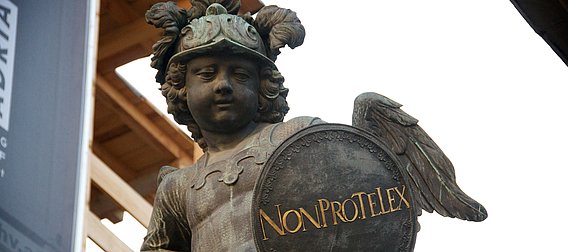The Ethics of Exception
Attitudes towards Rules and Individual Judgement in the Persianate and Latinate Worlds in the Early Modern Period (1300-1700)

Research Project by Gijs Kruijtzer
The project looks at the handling of diversity from the perspective of individuals struggling with questions of how God-given laws should be implemented by humans, and how one could get around the rules as they were enforced. In both Latin-using Western Europe and Persian-using Iran, India and Central Asia the rules founded in the moral authority of sacred texts did not always mesh with individual lives. That friction is the object of this study. What strategies were available to escape the rules and how did those strategies develop over time? And how were the different strategies evaluated by contemporaries? The study aims to enrich current debates on the application of rules and individual judgement, as the conflicting and contradictory heritage of the period 1300-1700 appears still to be relevant in both regions.
Among the rules that caused some friction in both regions were those on the making of images, usury, and sodomy. The study is less concerned with the changing official definitions of these practices as with sources that speak of cases in which an agent is seen to be conscious of the tension between the law and her/his practices. It is the ruses of history in which we are interested: poets speaking their minds, merchants devising clever contracts, kings choosing their lovers at will. Through the concept of “legal consciousness,” the study sketches the great diversity of practices in both regions, indicating the historical developments in rule-adherence and suggesting parallels and divergences.
On the image at the top:
Non pro te lex – that law is not for you. A reference to the exception made by Xerxes of Persia for his queen Esther to be allowed to approach him uncalled for (as per the Vulgate Bible, Additions to Esther 15:13) on the shield held by a putto killing a basilisk at the base of the pillar devoted to the Virgin Mary in the centre of Vienna (1646/1667). Photograph 2013 by Jonathan Hinkle. For more on this, click here.




